Dukes Ball Controversy: How many types of balls are used in Test cricket?

Image Source: X
Dukes Ball Controversy: A controversy has started over the Duke ball during the ongoing third Test between India and England at Lord's. The main reason for this was the ball repeatedly losing its shape during the second day's play, due to which the ball had to be chcanged frequently. In the first session of the second day of the third Test, after a few overs, India's second new ball was changed due to loss of shape and captain Shubman Gill did not look happy with this. The replacement ball was a bit old and later did not help the Indian fast bowlers much.
However, this replacement ball also had to be replaced after a few overs. Due to this, questions started being raised on the quality of the Duke ball on social media as well. Some fans also demanded an investigation into the quality of the Duke ball being provided by the England Cricket Board.
In such a situation, the issue regarding the ball has become quite heated. In such a situation, we are going to give you information about how many types of balls are used in Test cricket and what is the difference between all of them.
How many types of balls are used in Test cricket?
1. Duke Ball

Image Source: X
The Duke ball is the oldest of all balls used in cricket. It started in 1760, when its manufacture began in Tonbridge, United Kingdom, currently it is owned by Indian businessman Dilip Jajodia. The color of the Duke ball is dark red compared to other balls. This ball is made entirely by hand and is the most durable. The Duke ball achieves the most movement in English conditions. It is used in England as well as West Indies.
2. SG Ball

Image Source: X
SG is the abbreviation of Sanspareils Greenlands ball, which was founded in 1931 in Sialkot by Kedarnath and Dwarkanath brothers. After independence, its base shifted to Meerut. BCCI allowed the use of SG balls for Test matches in 1991. SG balls have a wide seam that remains intact for a long time. The ball loses its shine quickly due to the dry conditions of India, but helps the bowlers for reverse swing after 40 overs of play. This type of ball is used only for matches in India.
Also Read: Top 5 Batsmen with Most Test Runs Against India
3. Kookaburra Ball

Image Source: X
Kookaburra was founded in 1890 and has been manufacturing cricket related goods since then. The Kookaburra ball is internationally acclaimed as the number one ball manufacturer. The Australian Cricket Board first used Kookaburra balls during the 1946/47 Ashes. Its factory is located in Melbourne, which uses some of the best raw materials using state-of-the-art facilities. Compared to Dukes balls, Kookaburra is completely made using machines. The seam of Kookaburra is the least protruding compared to other balls. However, the ball helps in speed for fast bowlers up to 30 overs. This ball is used by Australia, South Africa, Pakistan, Sri Lanka and South Africa in international and domestic cricket.
4. Pink ball

Image Source: X
This ball does not have a separate company. Its use has been made mandatory by the ICC for day-night test matches so that the ball is clearly visible in the light due to the pink colour. In whichever country the test is held, the company whose ball is used there also makes the pink ball. This ball helps fast bowlers a lot.
Also Read: Bowlers with most five-wicket hauls in WTC history
Disclaimer
Possible11 is a sports news and analysis platform designed purely for entertainment and educational purposes. All match previews, player insights, and team analyses are based on publicly available information and expert opinions. We do not promote or support betting, gambling, or real-money gaming in any form. Users are encouraged to enjoy our content responsibly and use it for informational purposes only.



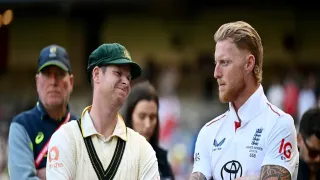
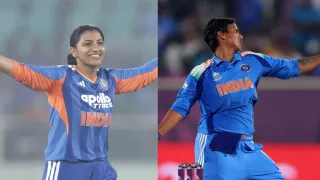
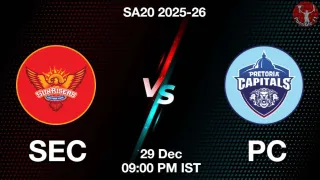
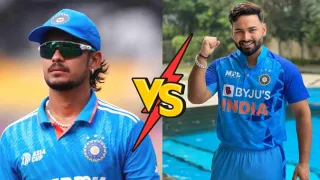
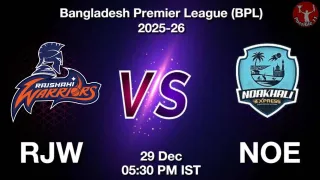
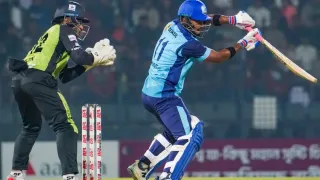

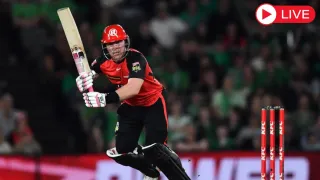
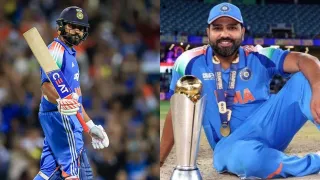
Give Your Feedback